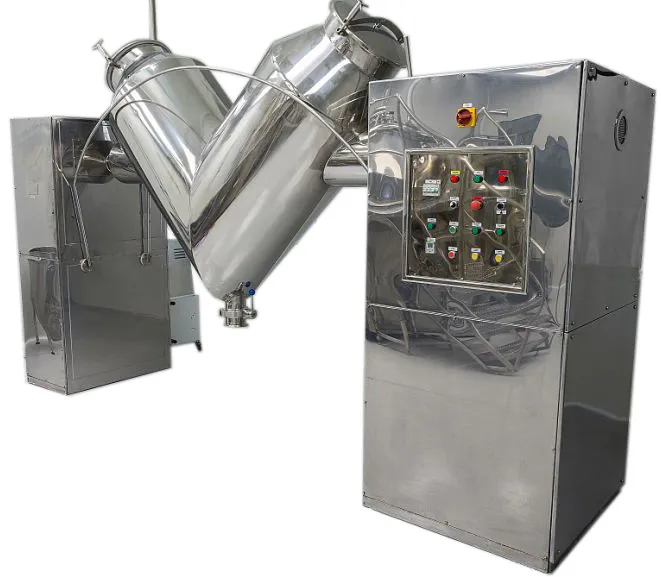Innovations in Conical Mixer Technology: Trends and Developments
Conical mixers have been a staple in various industries, including food, pharmaceutical, and chemical processing, for decades. These mixers are designed to efficiently blend materials of different densities and viscosities, ensuring a uniform product. Over the years, conical mixer technology has undergone significant innovations, driven by the need for improved efficiency, productivity, and product quality. In this article, we will explore the latest trends and developments in conical mixer technology, highlighting the conical mixer manufacturers that are shaping the industry.
Advancements in Mixer Design
One of the significant trends in conical mixer technology is the development of new mixer designs that improve blending efficiency and reduce energy consumption. For instance, the introduction of asymmetrical mixers has enhanced mixing performance by creating a more efficient blending action. Additionally, the use of computational fluid dynamics (CFD) has enabled manufacturers to optimize mixer design, reducing the risk of dead zones and improving overall blending performance. These advancements have resulted in faster mixing times, reduced energy consumption, and improved product quality.
Increased Use of Automation and Controls
The incorporation of automation and controls has revolutionized conical mixer technology, enabling operators to monitor and control the blending process more effectively. Advanced control systems, such as programmable logic controllers (PLCs) and human-machine interfaces (HMIs), allow for real-time monitoring of mixing parameters, including temperature, pressure, and mixing speed. This increased level of control enables operators to optimize the blending process, reducing the risk of over-mixing or under-mixing, and ensuring consistent product quality.

Integration of Safety Features
Conical mixer manufacturers are placing greater emphasis on safety, driven by the need to reduce the risk of accidents and injuries in the workplace. The integration of safety features, such as interlocks, safety switches, and emergency stops, has become a standard practice in the industry. Additionally, the use of ergonomic design principles has improved operator comfort and reduced the risk of fatigue, further enhancing safety. These advancements have created a safer working environment, reducing the risk of accidents and improving overall productivity.
Sustainability and Energy Efficiency
The increasing focus on sustainability and energy efficiency has driven the development of eco-friendly conical mixers that reduce energy consumption and minimize waste. The use of energy-efficient motors, optimized mixer designs, and advanced control systems has resulted in significant reductions in energy consumption. Additionally, the incorporation of recycling and reuse systems has minimized waste, reducing the environmental impact of conical mixer operations. These sustainable solutions have not only reduced costs but also contributed to a more environmentally friendly industry.
Advancements in Materials of Construction
The development of new materials of construction has expanded the range of applications for conical mixers, enabling them to handle increasingly complex and demanding materials. The use of advanced materials, such as stainless steel, titanium, and ceramic, has improved mixer durability and resistance to corrosion, reducing maintenance costs and extending equipment lifespan. Additionally, the incorporation of coatings and linings has enhanced mixer performance, reducing the risk of material buildup and improving overall blending efficiency.

Future Developments and Trends
As the conical mixer industry continues to evolve, we can expect to see further innovations and advancements in the coming years. The increasing use of Industry 4.0 technologies, such as artificial intelligence (AI) and the Internet of Things (IoT), is likely to revolutionize conical mixer operations, enabling real-time monitoring and control of mixing parameters. Additionally, the development of new materials and technologies, such as nanomaterials and 3D printing, is expected to further enhance mixer performance and efficiency. These emerging trends will shape the future of conical mixer technology, driving innovation and growth in the industry.
Conclusion: Embracing Innovation in Conical Mixer Technology
The conical mixer industry has undergone significant transformations in recent years, driven by the need for improved efficiency, productivity, and product quality. The innovations and advancements discussed in this article have enhanced mixer performance, reduced energy consumption, and improved safety. As the industry continues to evolve, it is essential to stay informed about the latest trends and developments, embracing innovation and adopting new technologies to remain competitive and achieve success.








